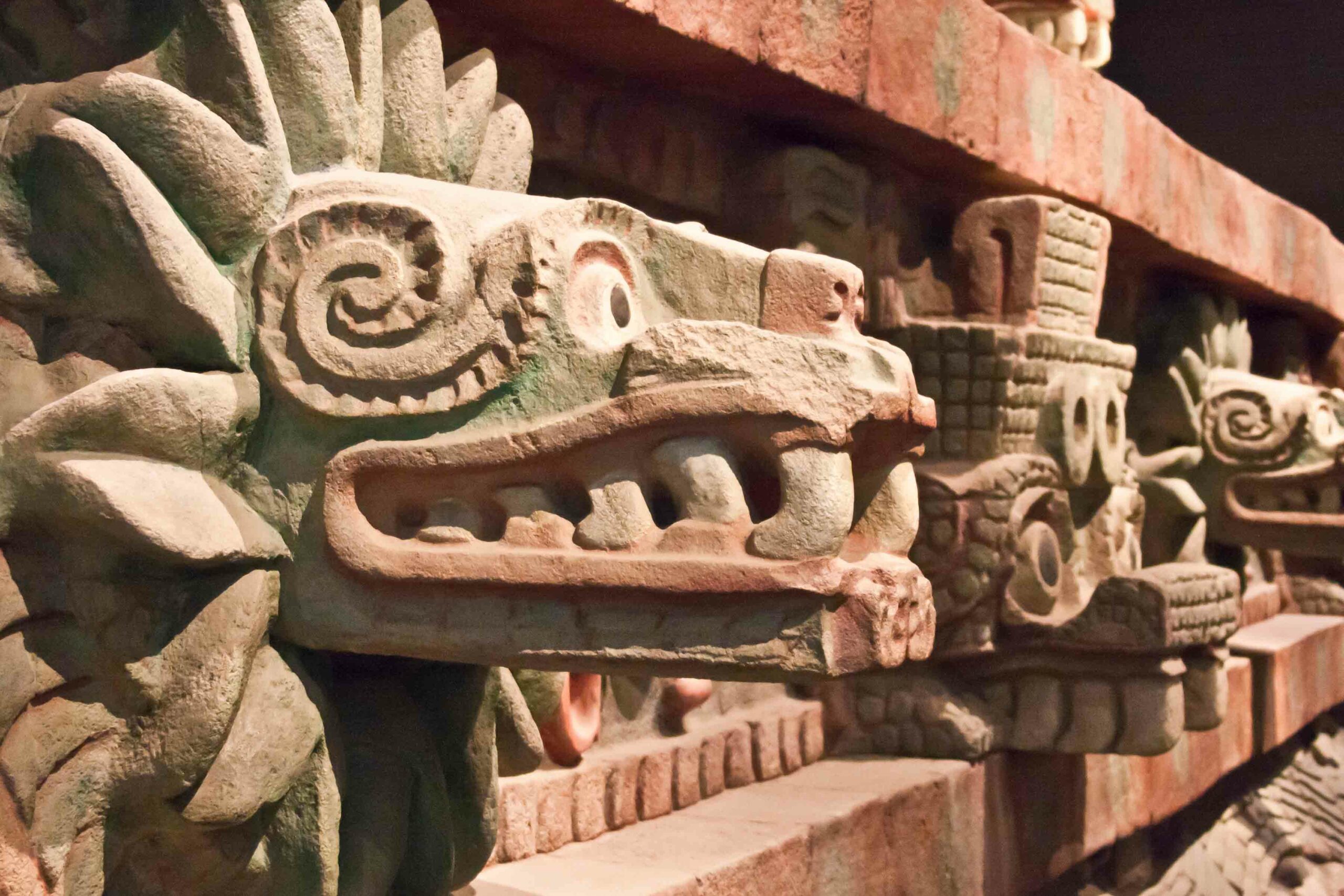Latest News
-
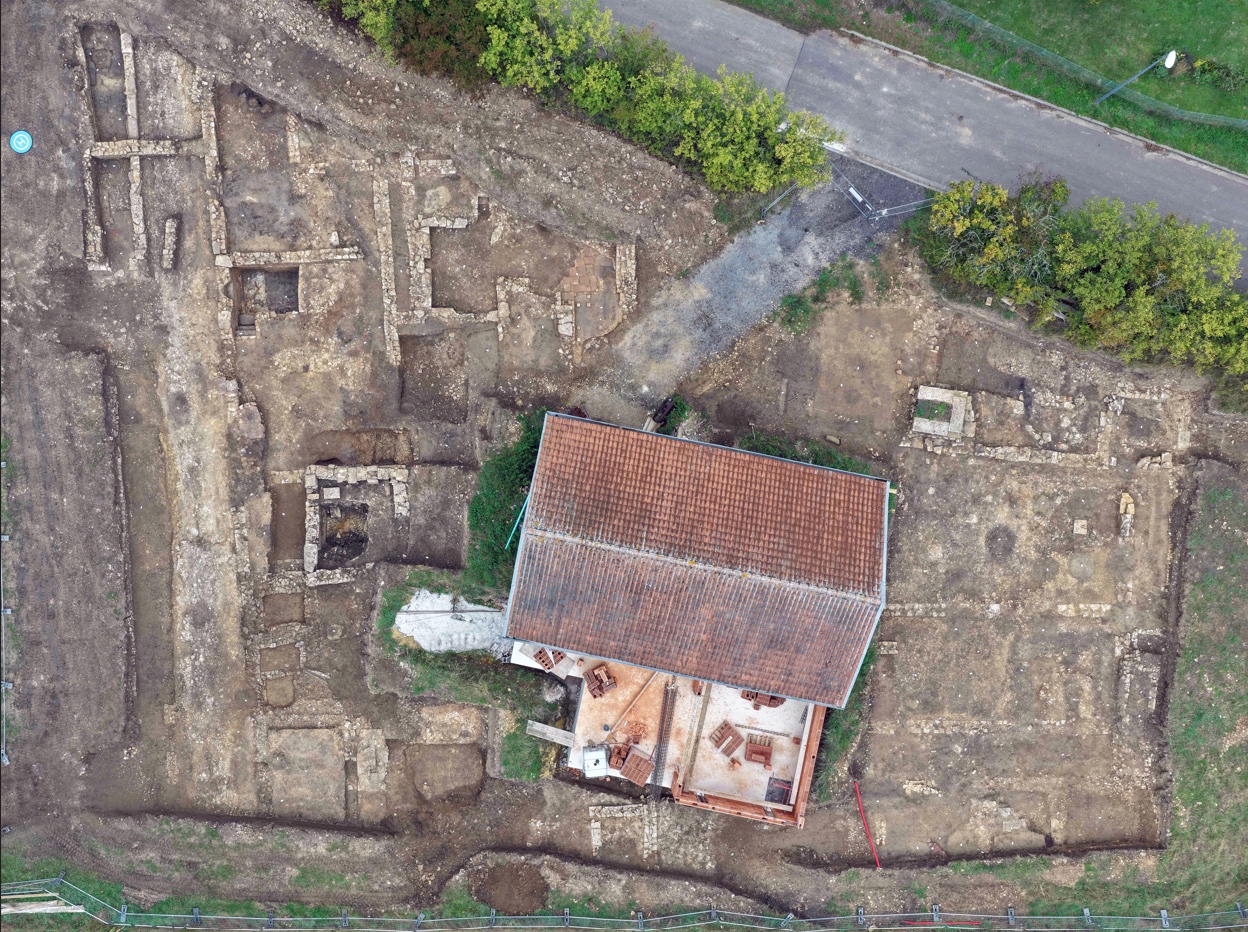 © Anthony Robin, INRAP
© Anthony Robin, INRAP -
 Julia King
Julia King -
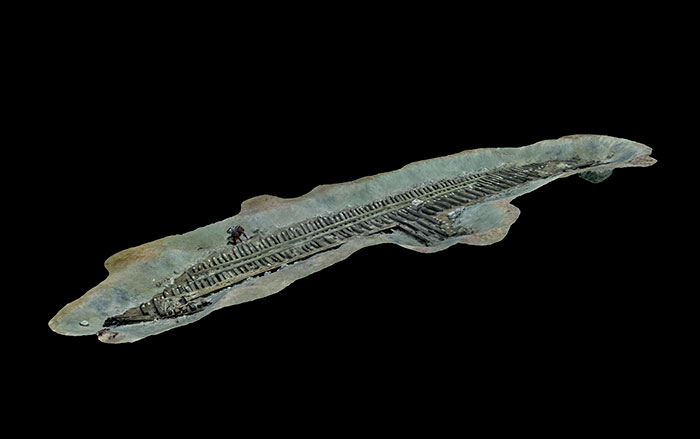 Christoph Gerigk ©Franck Goddio/Hilti Foundation
Christoph Gerigk ©Franck Goddio/Hilti Foundation -
News December 8, 2025
Earliest Evidence for Lost-Wax Casting Technique in Western Europe
Read Article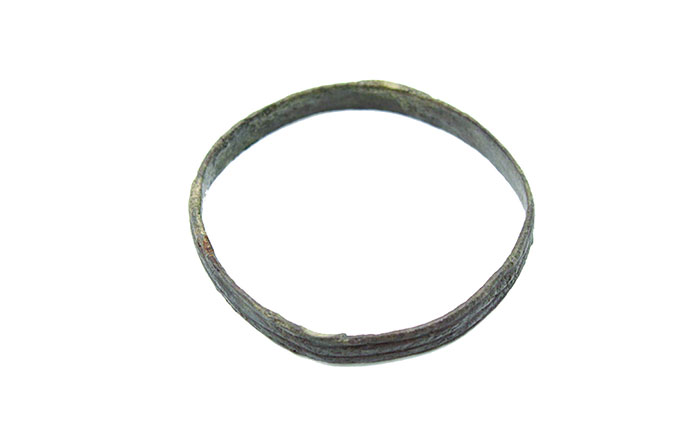 Photo by B. Meunier (MRAH)
Photo by B. Meunier (MRAH)
-
News December 8, 2025
DNA Study Offers Insight into the Builders of One of Neolithic China's Most Influential Cities
Read Article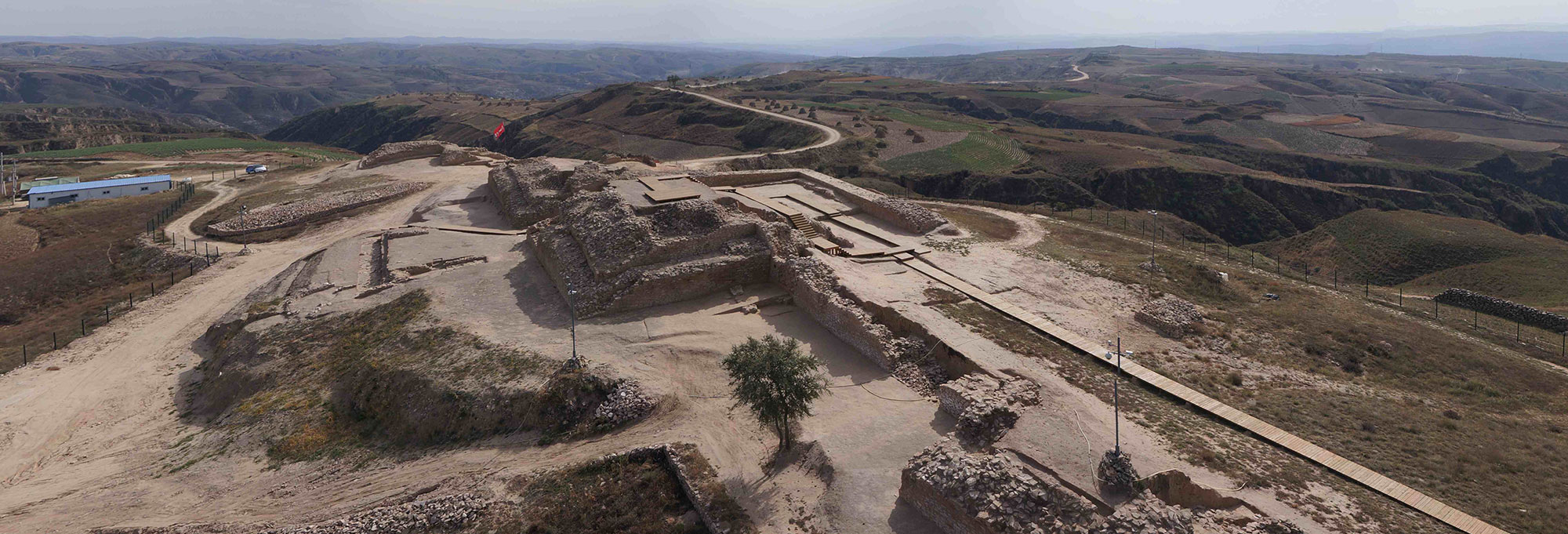 IVPP
IVPP -
News December 8, 2025
Roman Britain Mosaic Features Scenes Based on Lost Trojan War Tale
Read Article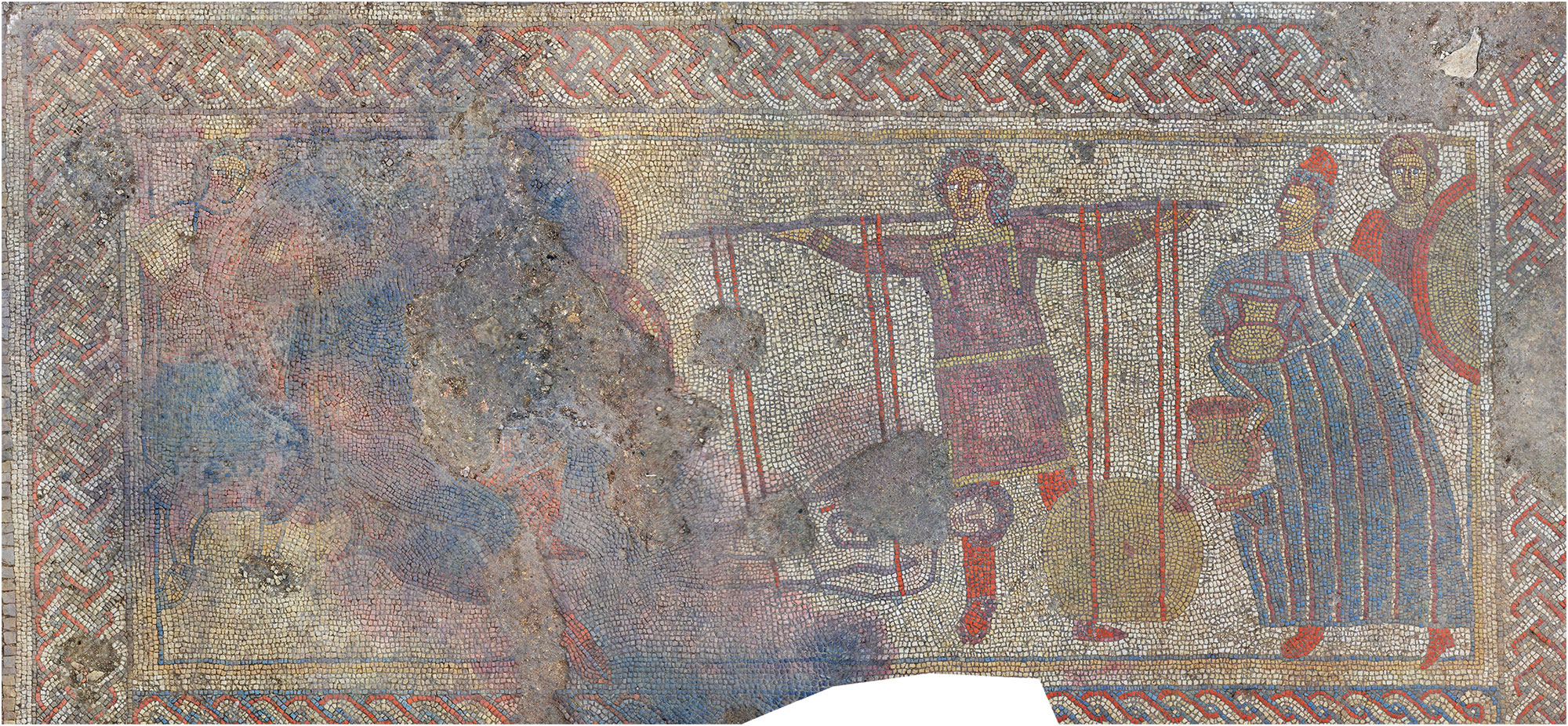 © ULAS
© ULAS
-
News December 5, 2025
Sacrificial Complex in the Southern Urals Reveals Nomadic Rituals
Read Article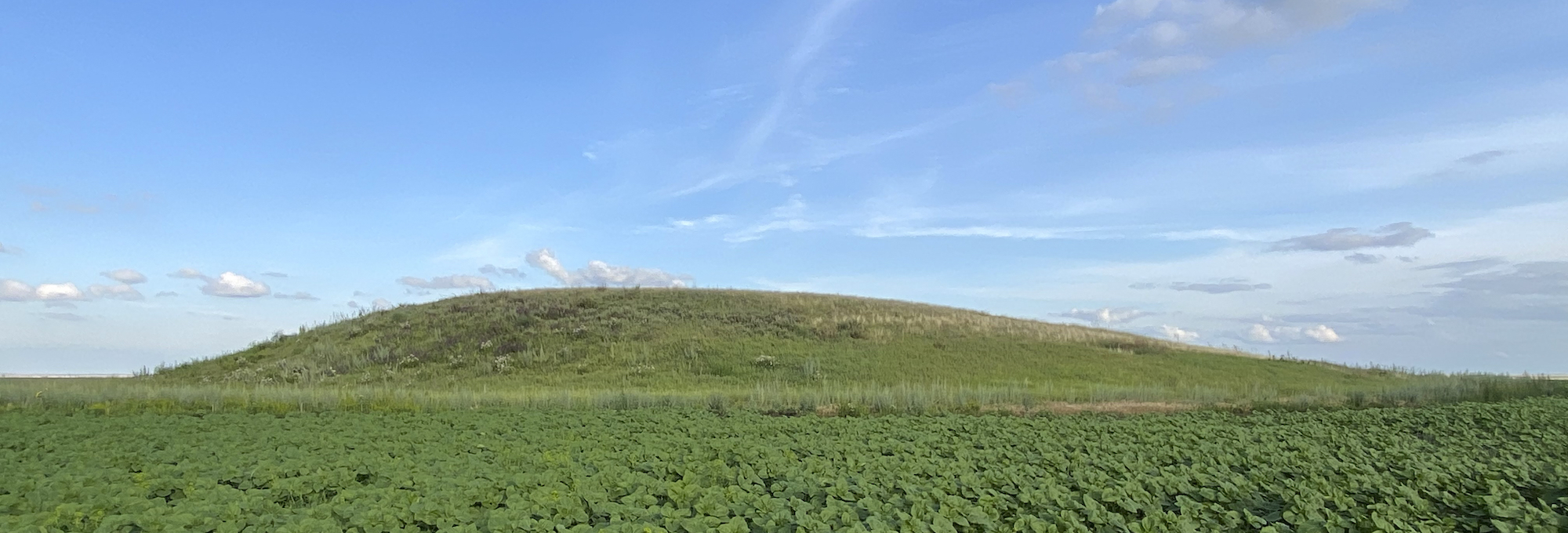 Institute of Archaeology of the Russian Academy of Sciences
Institute of Archaeology of the Russian Academy of Sciences -
News December 5, 2025
Dig Uncovers 6,000 Years of History Beneath Palace of Westminster
Read Article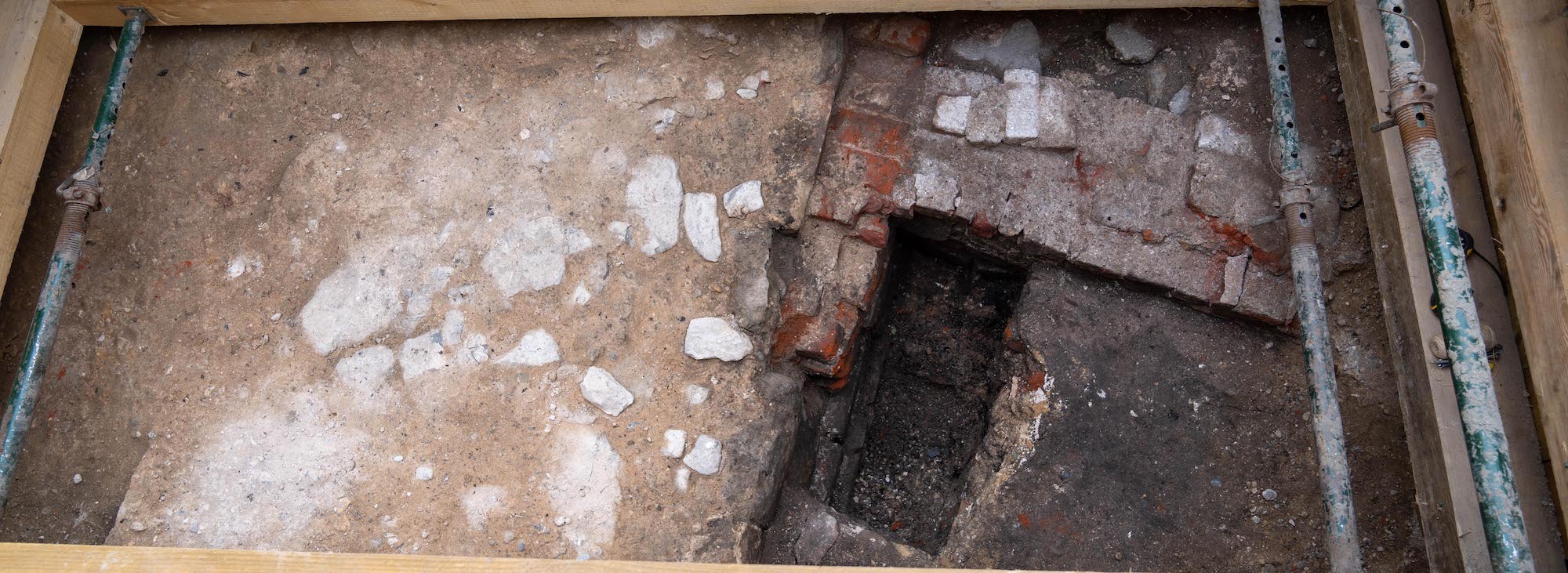 © R&R Delivery Authority
© R&R Delivery Authority -
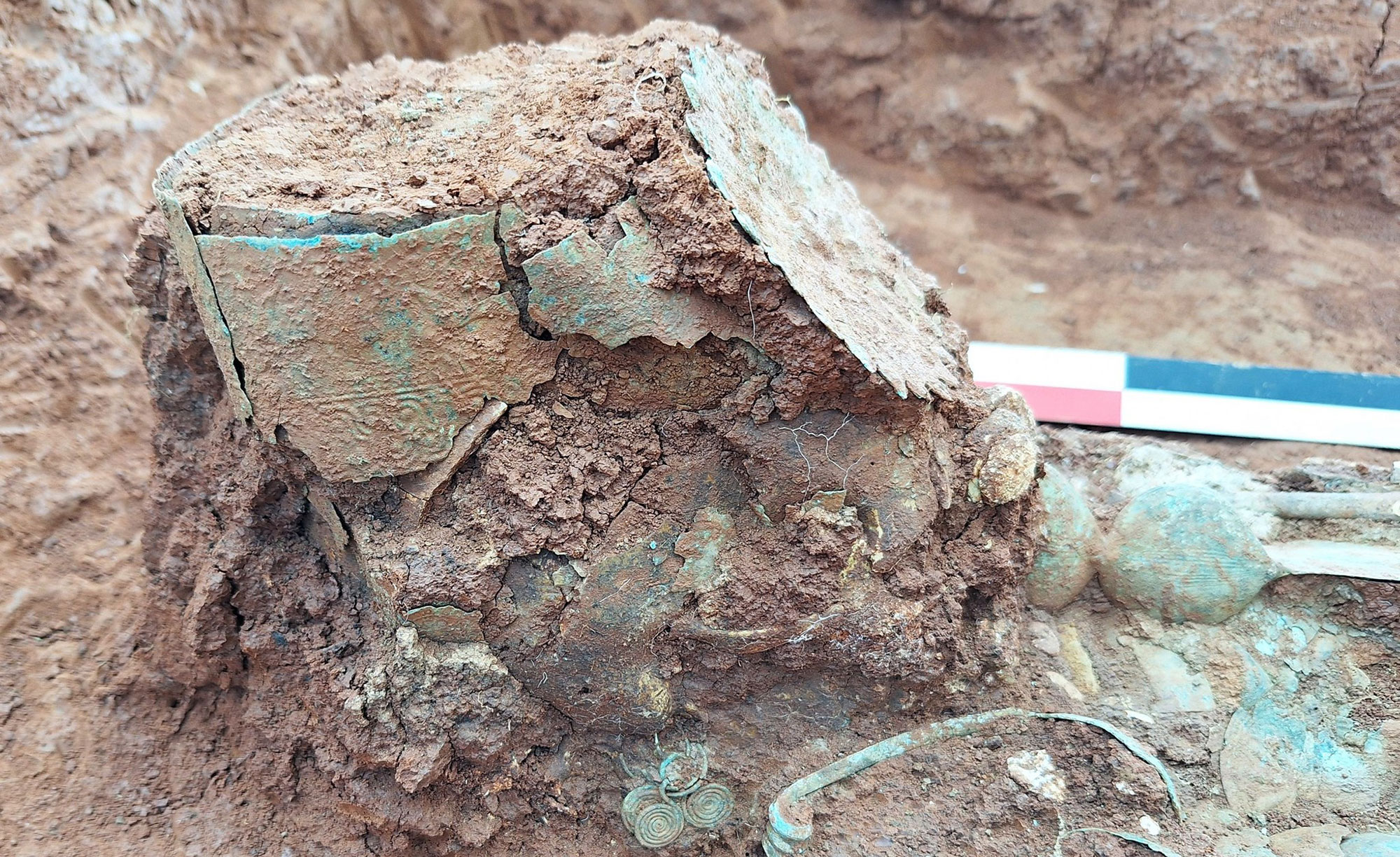 Greek Ministry of Culture and Sports
Greek Ministry of Culture and Sports -

-
 López-Garcia and Díaz-Andreu 2025, © Antiquity Publications Ltd.
López-Garcia and Díaz-Andreu 2025, © Antiquity Publications Ltd. -
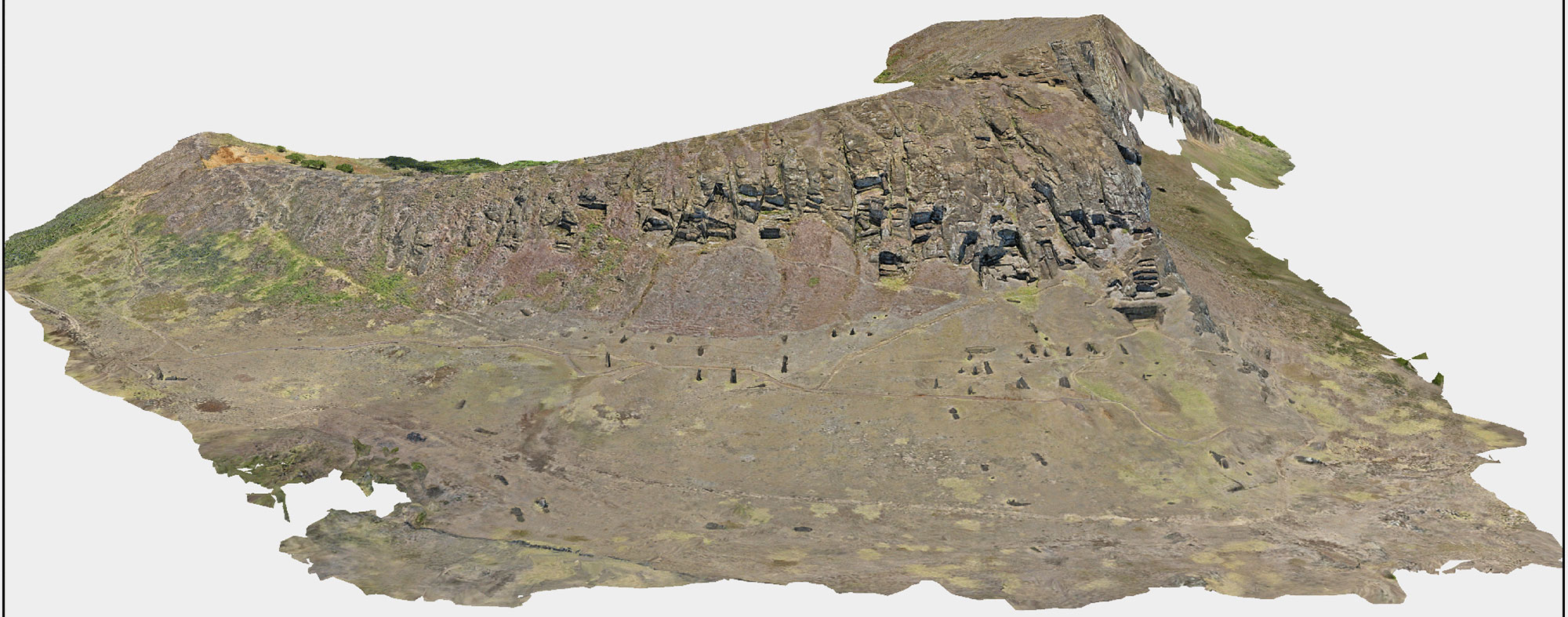 Lipo et al. 2025, PLOS One
Lipo et al. 2025, PLOS One -

-
 Wikimedia Commons
Wikimedia Commons -
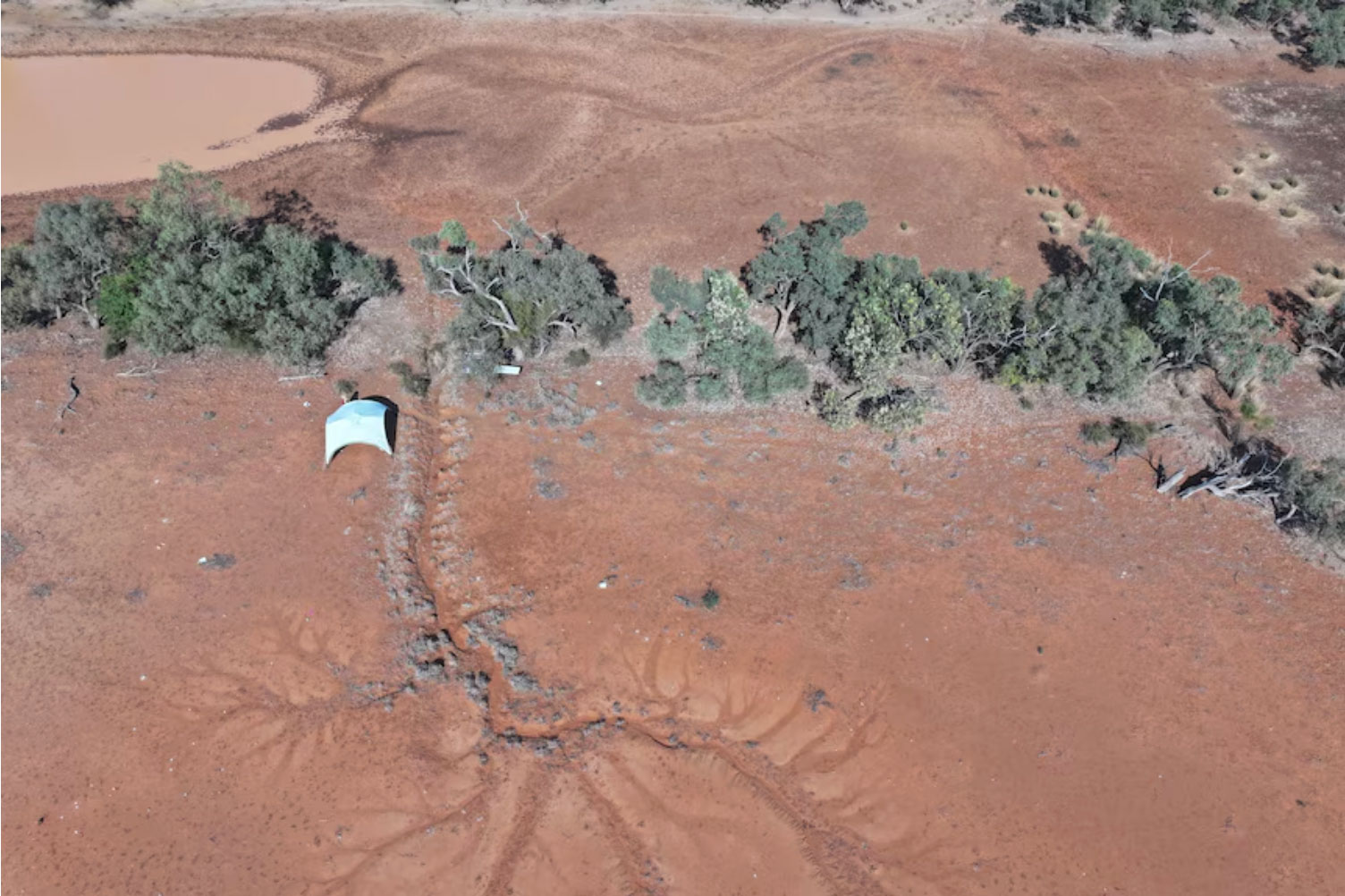 Griffith University
Griffith University -

-
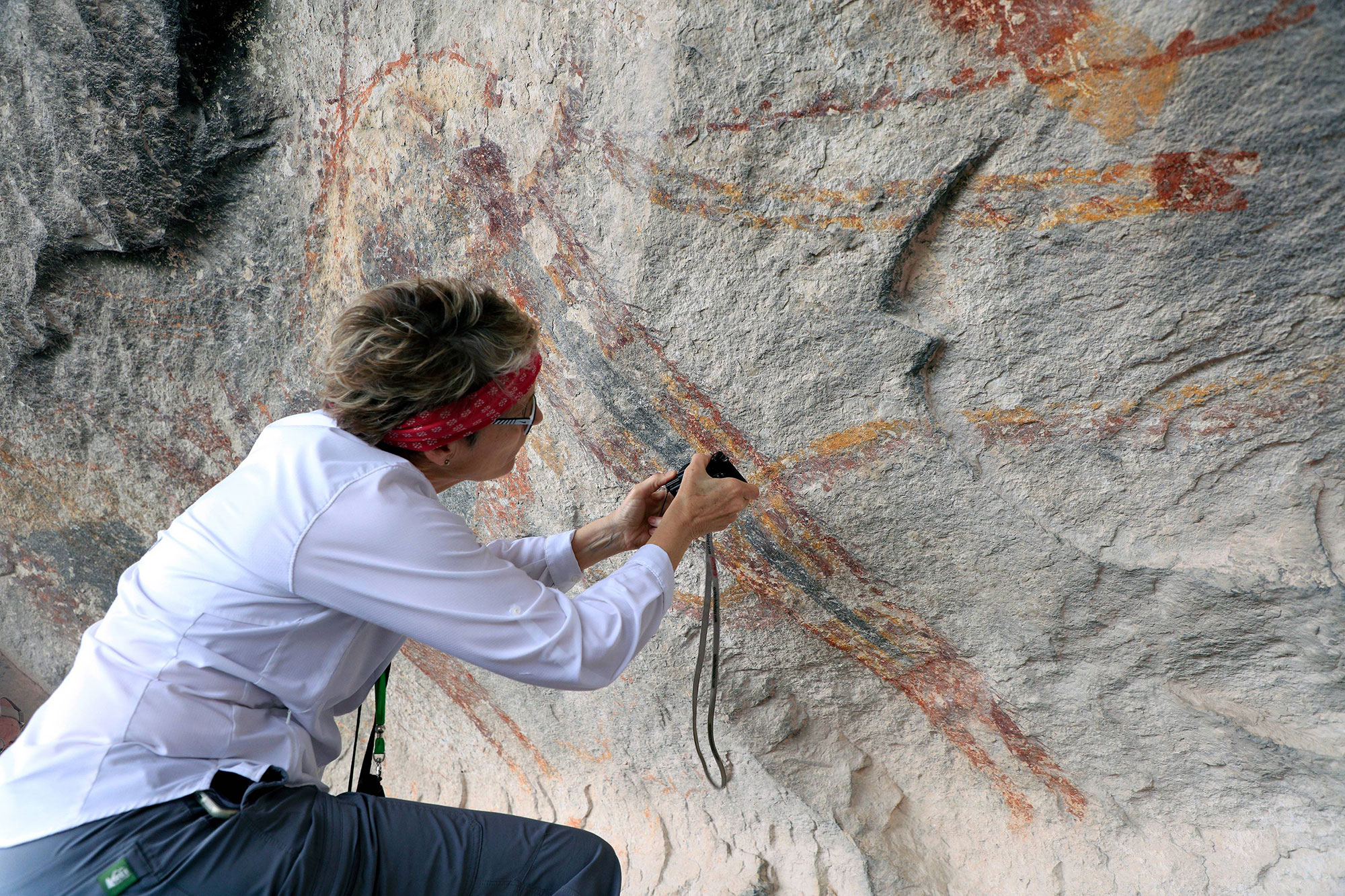 Photo courtesy TXST/Shumla
Photo courtesy TXST/Shumla -
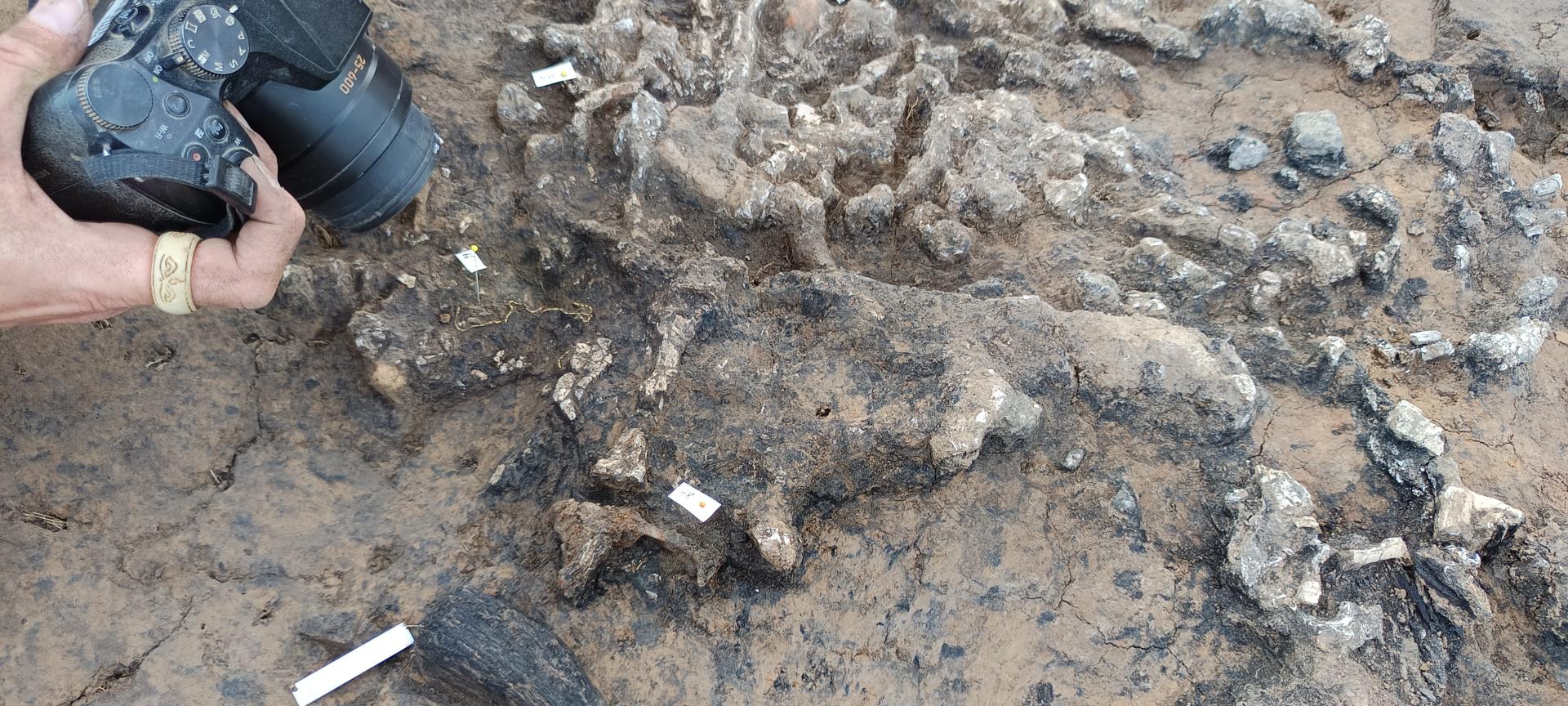 © Frédéric Prodeo, Inrap
© Frédéric Prodeo, Inrap
Loading...


